8. Raoul Silva (Javier Bardem – ‘Skyfall’)
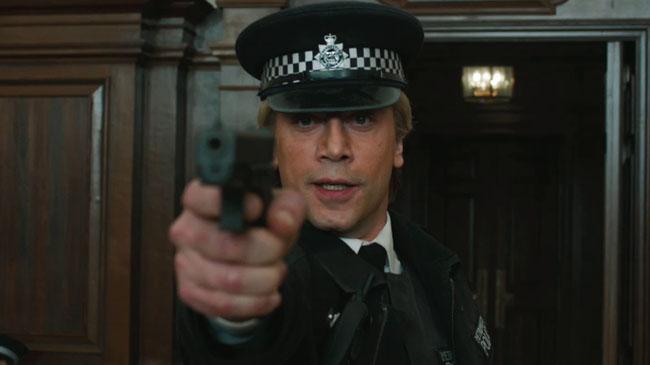
‘Skyfall’ broke a lot of series rules whilst re-establishing plenty too, and whilst it positioned M as ‘Bond-girl’, audiences were treated to a villain that, in the rich tradition of Scaramanga, Trevelyan and even Gustav Graves, was a dark mirror image of 007- a ‘bad Bond’.
Like ‘Goldeneye’ baddie Alec Trevelyan, Silva is a former MI6 operative turned cyber-terrorist with an axe to grind. What distinguishes Silva however is that his issues lie not entirely with the secret service or even with Bond, but with Judi Dench’s ‘mother’ figure M- here making her long goodbye after seventeen years.
Despite its phenomenal success the film does suffer from issues- plot-holes, ridiculous coincidences and a final act that fails to tie the films threads together. Bond also technically fails his assignment, but these problems are papered over by the last few minutes of the film in which Craig’s 007 looks to the future ‘with pleasure’.
After his gripping ‘look upon your work’ reveal to M, Javier Bardem is suddenly forced to portray Silva as caricature, rather than character, slipping from avenging angel to devilish lunatic- all barked orders and gnarled reactions. A shame, as the atmospheric approach to his desolate island, his epic long-walking, rat-monologuing entrance, and his hinted-at sexual desires all set up an excellent villain with so much more potential.
7. Elektra King (Sophie Marceau – ‘The World is Not Enough’)
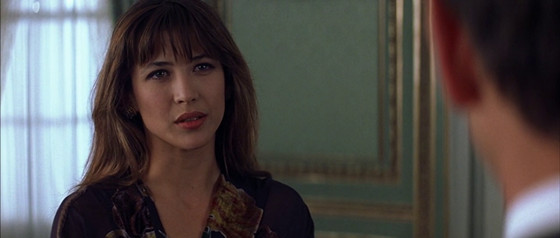
In ‘The World Is Not Enough’, 007 says goodbye to the 20th Century, but more importantly, audiences bid farewell to a genuine Bond legend. Desmond Lewellyn’s Q has an escape plan, and after providing an array of well-timed comic moments in his seventeen Bond films, makes his exit just before the franchise hits rock bottom.
In the villain department, Robert Carlyle plays Renard, an ex-KGB terrorist who can’t feel pain. This pointless trait- the result of a skull-lodged bullet travelling ever-so-slowly towards his brain- not only allows him to play with hot coals without it hurting, but means he can say things like, ”you can’t kill me, I’m already dead”. Luckily, his character gets a lot more interesting when it transpires Elecktra King- family friend of M and formerly innocent captive of Renard’s- is in fact the primary villain of the film and not the tortured Bond-girl-in-waiting she was introduced as.
This twist allows for several factors to play out, factors that place Elektra among perhaps not the greatest, but certainly the most unique of Bond villains. Her alliance with Renard- manipulating him from terrorist kidnapper to submissive lover- is distinct to a Bond film, and her relationships with both M and Bond take on a new dimension too.
Through his affair with Elektra, Brosnan’s desire for his Bond to explore real relationships takes a step up from the wasted Terri Hatcher role of ‘Tomorrow Never Dies’. Her switch from vulnerable victim to seductive sadist clearly affects 007, and when he utters the line ‘I never miss’, it’s soaked full of subtext that places it worlds away from the ‘one-liner’ it sounds like on paper.
Unfortunately, these carefully developed threads are repeatedly obliterated by a wrecking ball of gratuitous, boring action scenes, a horrifically two-dimensional Bond girl and numerous other ticked boxes on the checklist of 90’s franchise ‘musts’. The end result is essentially a twelve-year-old’s wet dream crushing what, in more capable hands, may just have been a fine, and unique, Bond instalment.
6. Francisco Scaramanga (Christopher Lee – ‘The Man with the Golden Gun’)
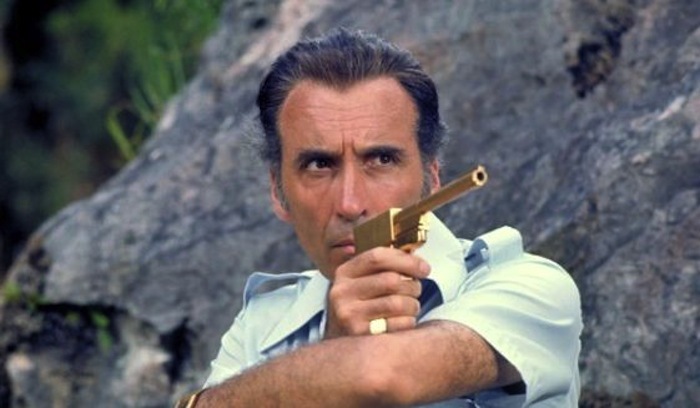
Portrayed by the late, great Christopher Lee- an actor with a rich history of playing villains- Francisco Scaramanga’s ‘mano a mano’ face-off against Roger Moore’s roguishly slick 007 is a match made in movie heaven.
Benefitting from a solid backstory (elephant friends; abusive circus trainers; the KGB), and a legendary existence (a golden gun; million-dollar hits; a third nipple), Scaramanga- the wealthy hitman of the film’s title- is an exceptional villain in a tonally inconsistent film. And whilst this smooth and sadistic assassin is a welcome break from the megalomaniacs of Bond past and present, his legacy will forever be tied to a film that hints at excellence, but often leans towards laziness.
5. Dr. Julius No (Joseph Wiseman – ‘Dr. No’)
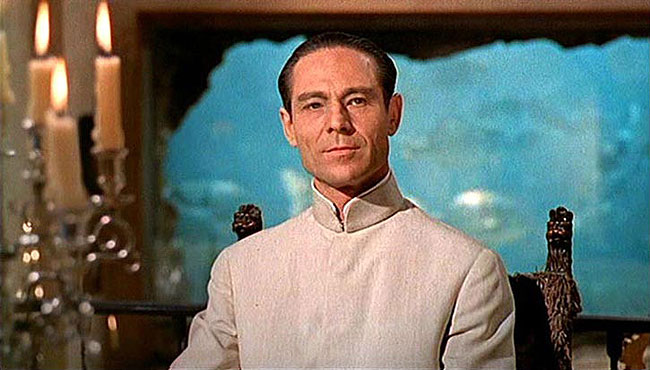
The first, and arguably best of the Bond films reveals one of the series’ most enigmatic and stony villains, as what begins as a relatively grounded investigation gradually builds to a showdown with a mad scientist.
The ‘unwanted child of a German missionary and a Chinese girl of a good family’, Dr. No betrayed and robbed the ‘powerful criminal society’ he was treasurer of and now works for SPECTRE as an atomic energy specialist. Operating from his Caribbean hideout, he has a ‘dragon’ protecting him and ‘Three Blind Mice’ as henchmen…
A grand story that in today’s flashback-obsessed world would require an extra half hour of exposition is here conveyed with a few meticulously delivered lines from the late Joseph Wiseman. He delivers those lines in the oft-imitated, never duplicated lunch at Dr. No’s lair in which he outlines his sinister plan to Connery’s Bond- viewers here being treated not only to a classically written and grippingly executed scene, but the original blueprint for decades of villainous monologues to come.
In the end, No’s prosthetic metal hands ensure he can’t cling to his own life- it’s his ‘original sin’ (the nuclear expertise he chose to use for evil previously resulted in the loss of his hands) that ultimately, and ironically, causes his demise. Appearing in only two scenes, Dr. No still enjoys the least screen time of any principle villain to date, but this doesn’t prevent him from being one of the most fondly remembered.
4. Alec Trevelyan (Sean Bean – ‘Goldeneye’)
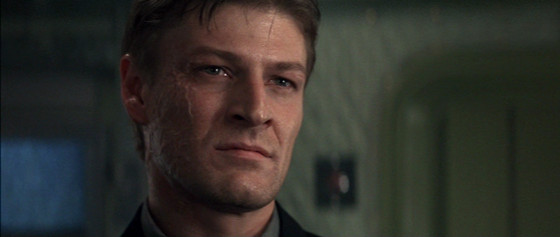
‘Her Majesty’s loyal terrier’ has returned, this time played by a ruggedly smooth Pierce Brosnan and operating in a post-Cold War world where the rules have changed. In many respects ‘Goldeneye’ picks up where ‘License to Kill’ left off six years before in that it continues to challenge audiences’ expectations of the Bond character and world- and it does so to largely great effect.
Director Martin Campbell gives the film a slick sexiness befitting of the era, but as with ‘Casino Royale’ eleven years later, ensures that character and story remain at the heart of the action. The superbly-written Alec Trevelyan is central to the film’s success: already a strong villain owing to his former ‘00’ status, his backstory with Bond- steeped in pathos and tackling themes of loyalty and brotherhood- strengthens his character even more.
This unique relationship also offers us a rare glimpse of a James Bond stripped of ‘glib remark’ and ‘pithy comeback’; of a James Bond who, usually so untrusting, must deal with having his trust- and perhaps even his heart- broken because of Trevelyan’s betrayal.
As Trevelyan/006/Janus- one-part charmingly efficient cyber-terrorist; one-part ruthlessly manipulative sociopath- the ever-reliable Sean Bean not only delivers one of his finest career performances, but also one of the most interesting antagonists to appear in the franchise to date.
3. Auric Goldfinger (Gert Fröbe – ‘Goldfinger’)
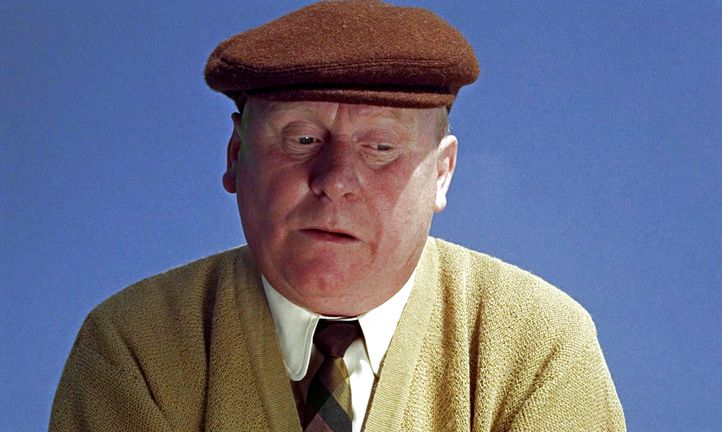
A criminal mastermind posing as a wealthy businessman, pompous Auric Goldfinger cements the characteristics of the archetypal Bond villain, and existing in a world boasting expensive cars, distinctive henchmen and beautiful, conflicted women, ‘Goldfinger’ establishes the Bond film rules for all subsequent instalments to follow.
This familiarity proves to be both blessing and curse, for whilst these recurrent franchise features have continually bred success, they have also often led Bond down a road of nostalgic nods and smug throwbacks that, despite raising a smile, can remove audiences from a film’s core narrative.
Excellent as Sean Connery is here, this is inexcusably Goldfinger’s show- the song; the title; the plot- everything revolves around him. This was a time prior to James Bond needing a modern-day ‘character arc’, a time when it was enough for him to be just a strong protagonist- Fleming’s ‘blunt instrument’- a time when Bond served the story rather than the story being built around him.
‘Do you expect me to talk?’ he asks as he looks down at a life-ending laser cutting its way towards him. ‘No Mr. Bond I expect you to die’ laughs Goldfinger in return, and with that staunchly delivered line, Goldfinger weaved himself not only into Bond folklore, but forever into pop culture.
2. Franz Sanchez (Robert Davi – ‘License to Kill’)
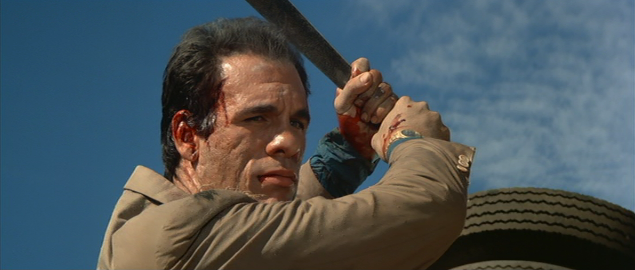
Pride; greed; power; trust; loyalty. Not every 007 film needs a strong theme to be successful, but the ones that do seem to be the most enjoyable, and ‘License to Kill’ is soaked in tangible, Shakespearean theme. Franz Sanchez is a villain who’s as ruthless as he is charming, and he embodies the film’s core themes with palpable menace.
Hungry for more power as he looks to expand his empire- Sanchez is a proud drug lord with the world in his pocket. But it isn’t money that Sanchez considers his most precious commodity- it’s loyalty- and that means betrayal comes at a high price. When his mistress absconds with another lover who promised her his heart- Sanchez gives her just that.
When an associate is suspected of ratting on him (an idea planted by Bond), Sanchez’s retribution is mind-blowing (literally). And when a DEA agent gets the better of him, Sanchez makes it personal- bribing the agent’s friend and colleague to help him escape captivity before exacting his wicked revenge by murdering his wife and feeding him to the sharks. That agent is Felix Leiter, and Sanchez just made himself a new enemy.
Enter a different kind of Bond- a Bond still portrayed by Timothy Dalton in his second and final outing but a Bond full of resentment and anger. It’s like that beautifully intense scene from ‘The Living Daylights’ has been captured and turned into a full-length feature: the Prater fair; the balloons; Saunders dead… ‘Smiert Spionam’… In that moment- with an immaculately conveyed expression that spoke a thousand words- Dalton’s 007 got the message. And now, in ‘License to Kill’, everyone will be getting his.
Simply put, Sanchez is the perfect foil to Bond’s protagonist. This goes beyond ‘villainous plans’ and ‘sinister baddies’ and goes somewhere deeper. Somewhere darker. ‘License to Kill’- largely thanks to Robert Davi’s Sanchez- isn’t just the best 80’s Bond film, it’s one of the best films of the 80’s full stop. Don’t you want to know why? Clear and perfectly executed theme.
1. Ernst Stavro Blofeld (Donald Pleasence – ‘You Only Live Twice’; Telly Savalas – ‘On Her Majesty’s Secret Service’; Charles Gray – ‘Diamonds Are Forever’)
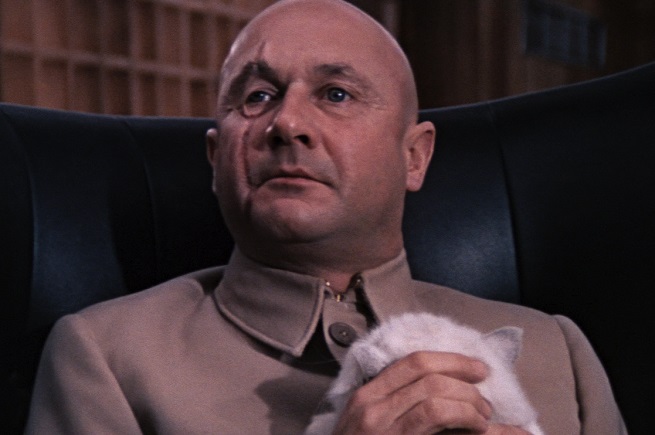
Transcending the title of ‘Bond villain’, Blofeld is intimidating and incorrigible; his evil plans inventive and imaginative; his character often imitated but never equalled. His shadow looms over every villain in every Bond film in which he isn’t the primary antagonist- if they don’t work for him, viewers will compare them to him. ‘Number One’ is an icon of modern times: the original ‘supervillain’.
‘Dr. No’ succeeded in creating intrigue around it’s titular villain by not fully revealing him until close to the climax- prior to his first appearance he only features as a shadow and a voice. Blofeld- head of the criminal organisation SPECTRE- is built up in a similar way, only rather than a few scenes, he has two entire films dedicated to building his reputation. The primary villains of ‘Dr. No’, ‘From Russia with Love’ and ‘Thunderball’ are just henchmen to this criminal juggernaut, and when he is finally revealed as a thoroughly evil mastermind played by Donald Pleasence in the epic ‘You Only Live Twice’, it ends years of audience speculation.
Charles Gray’s portrayal of Blofeld is silky smooth, and in ‘Diamonds are Forever’, viewers are given a three-for-one deal. Whilst the film forgets the life-changing events that played out in its predecessor, it’s all silly fun and Gray knows it- giving just the right amount of acknowledgment without ever going full-panto.
Telly Savalas is the most significant of the three actors that portray the supervillain- his incarnation is a true enigma- playing many characters yet never fully revealing his true self. His Blofeld is also the only one willing to get his hands dirty; rolling his sleeves up to fight Bond man to man. He has the magnetism of Gray and the sinisterism of Pleasence- definitely part of the reason ‘On Her Majesty’s Secret Service’ is widely considered the cinematic high-point of 007’s fifty plus years.
The series unfortunately neglected to follow-up on Blofeld and henchwoman Irma Bunt changing Bond’s life forever in the film’s final scene, but this was the moment, nevertheless, that 007 became more than a secret agent audiences wanted to be or be with, and became a secret agent audiences could empathise with too. This was the moment that Bond, as a direct result of his nemesis’ actions, became not just a saviour but also inherently un-saveable. This was the moment James Bond 007 became a real human… And Ernst Stavro Blofeld a real monster.
Author Bio: Si Wall is an screenwriter and co-founder of ‘SideWays Cinema’.